Back to Strategy & planning
Priority matrix templates
Our priority matrix templates help you organize tasks and make decisions effortlessly. Whether you're prioritizing goals, managing projects, or solving problems, these templates provide a clear structure to focus on what matters most and achieve better outcomes.
89 templates
Priority Matrix Template
0 likes174 uses
Action Priority Matrix Template
0 likes99 uses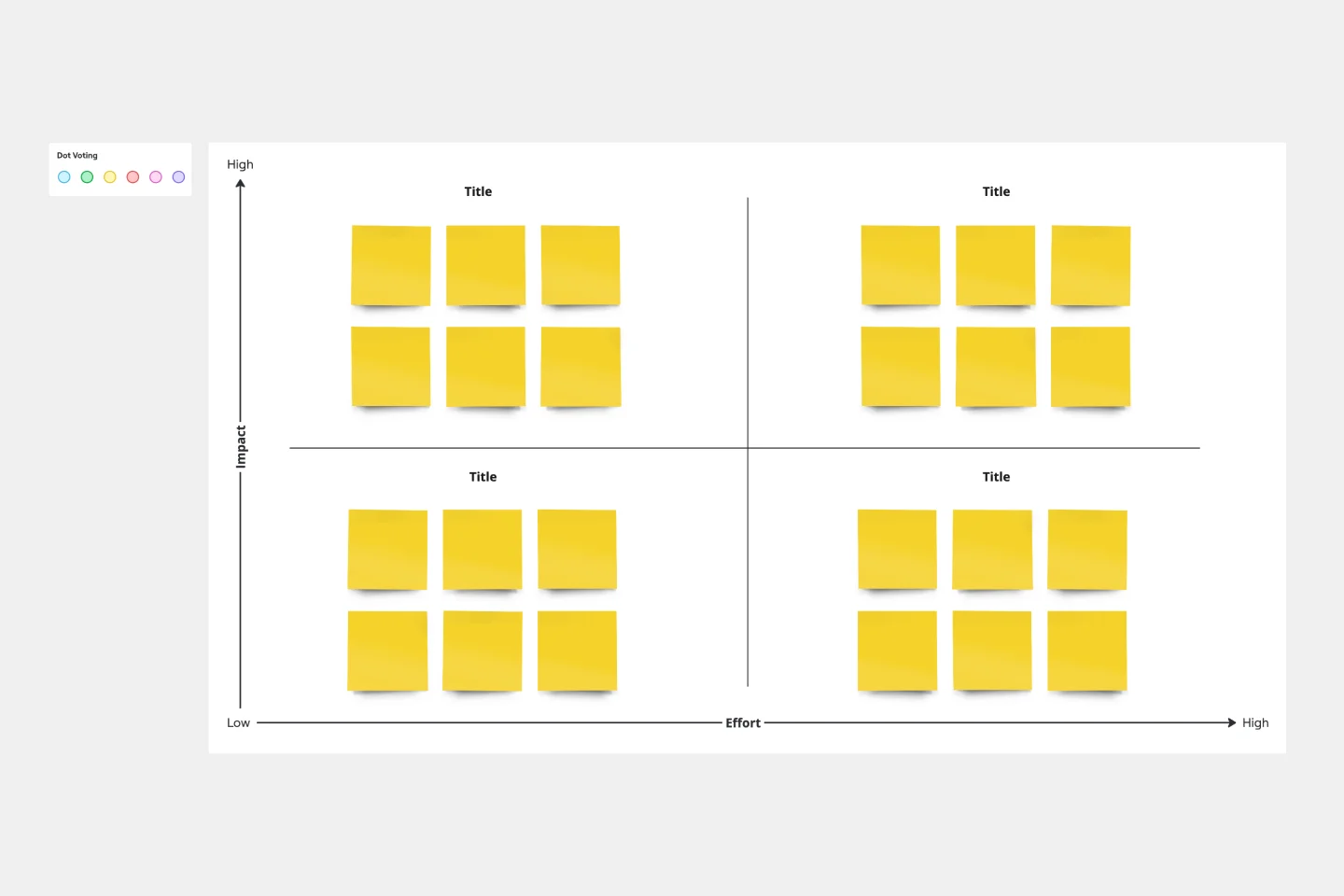
Feature Comparison Matrix
247 likes2.8K uses
Feature Comparison Matrix
247 likes2.8K uses
Team Decision Matrix
322 likes2.3K uses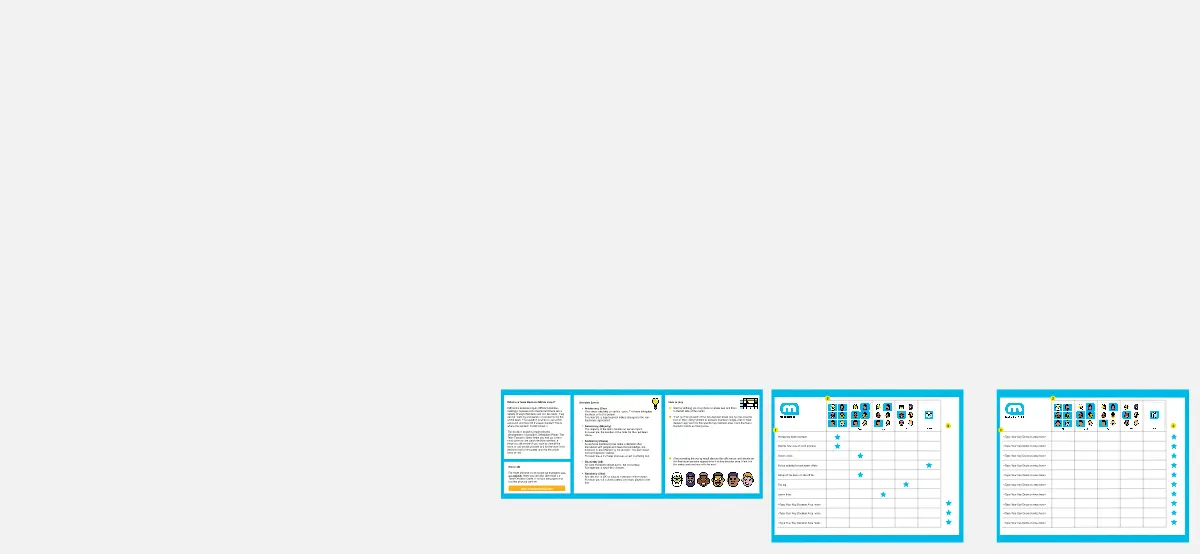
The Matrix Retrospective
165 likes1.6K uses
Pain-to-Importance Matrix
206 likes1.4K uses
Content Planning Matrix
222 likes1.1K uses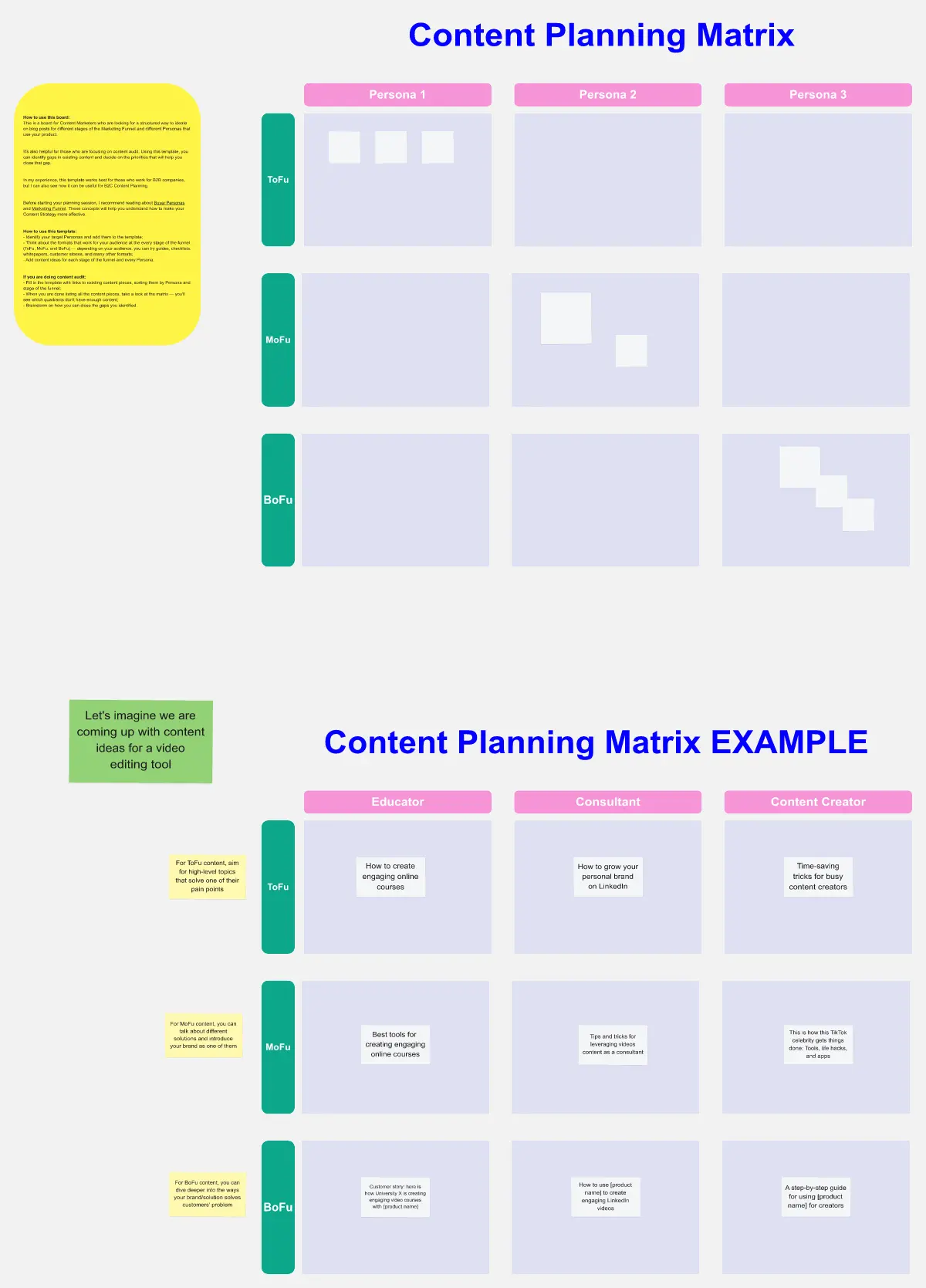
Power-Interest Matrix
32 likes989 uses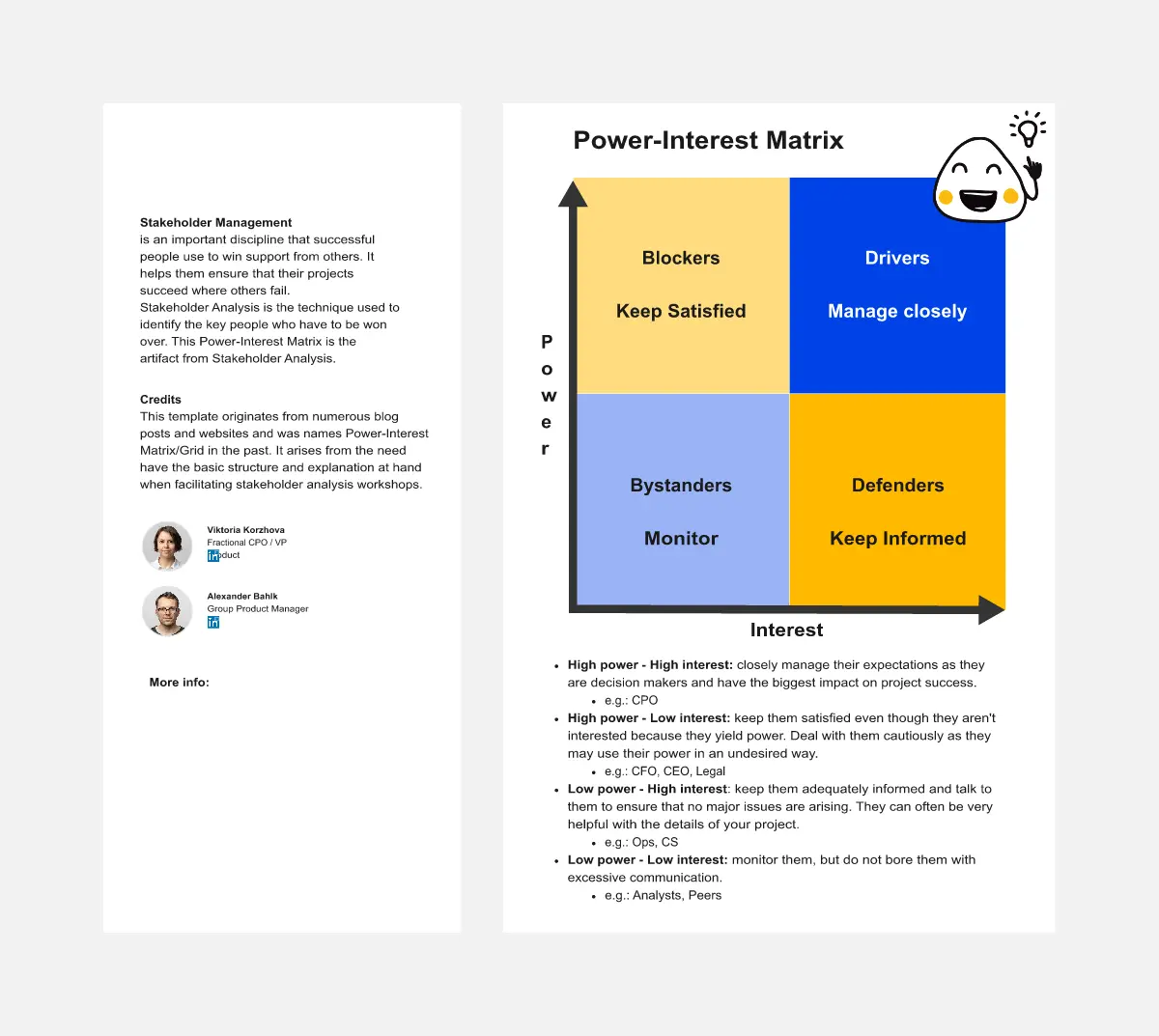
Team Competency Matrix
101 likes925 uses
Impact/Effort Matrix Template
10 likes898 uses
Eisenhower Matrix Template
9 likes870 uses
Risk Matrix Template
2 likes851 uses
Prioritization Matrix to Simplify Decisions
156 likes843 uses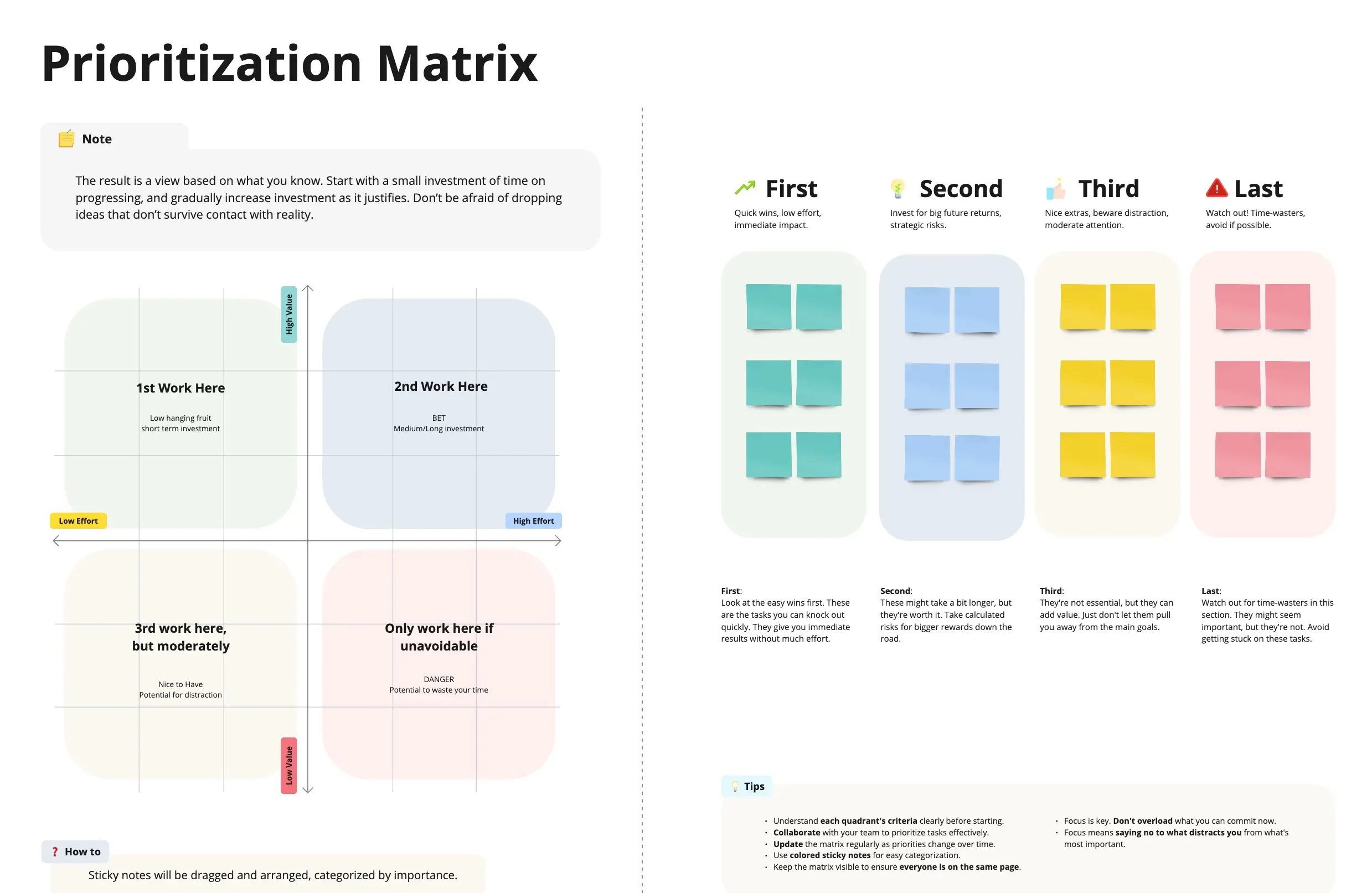
Design Skills Matrix
100 likes828 uses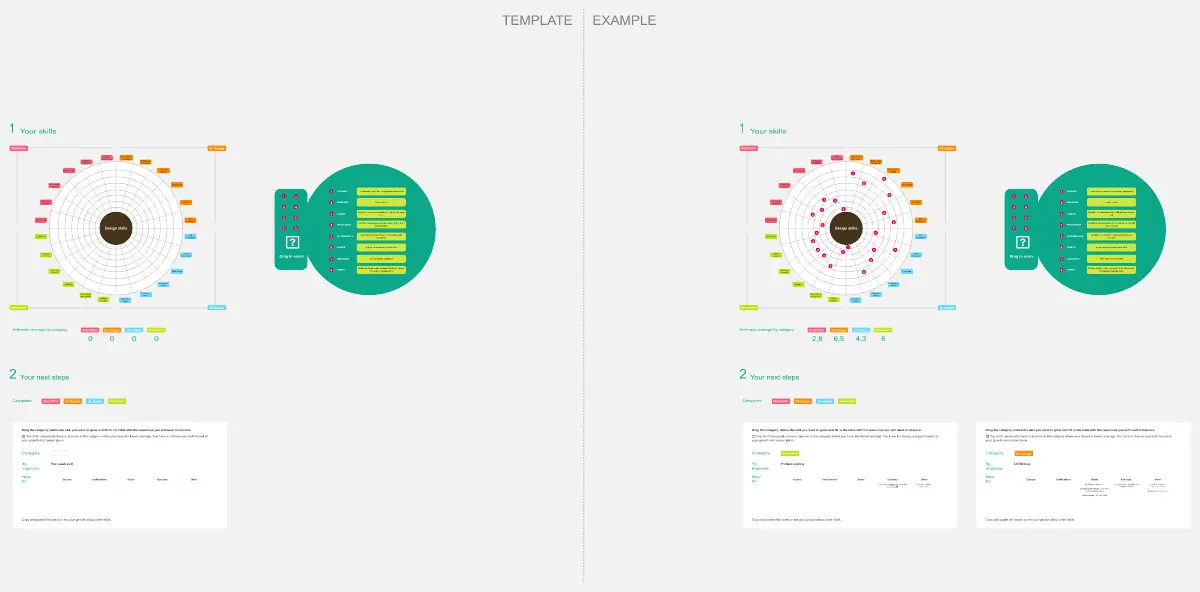
Matrix C.S.D
16 likes772 uses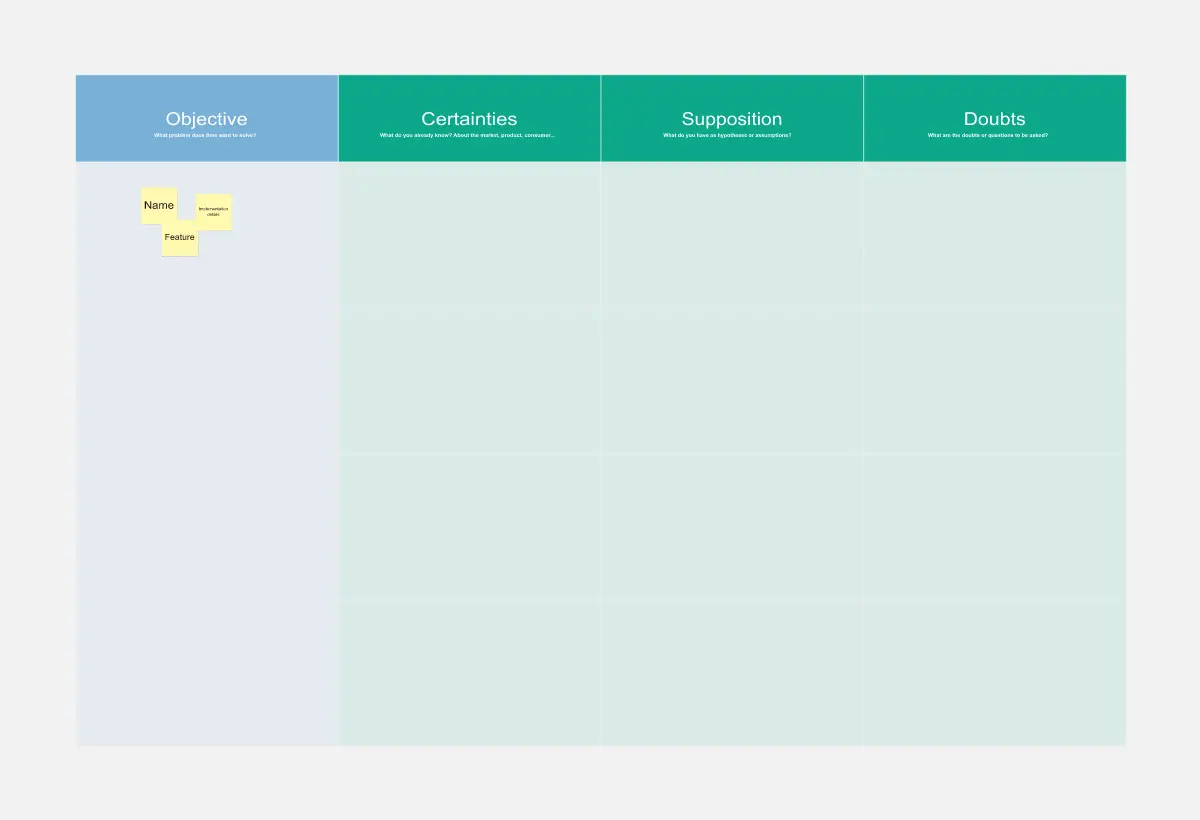
Problem Prioritization Matrix
142 likes735 uses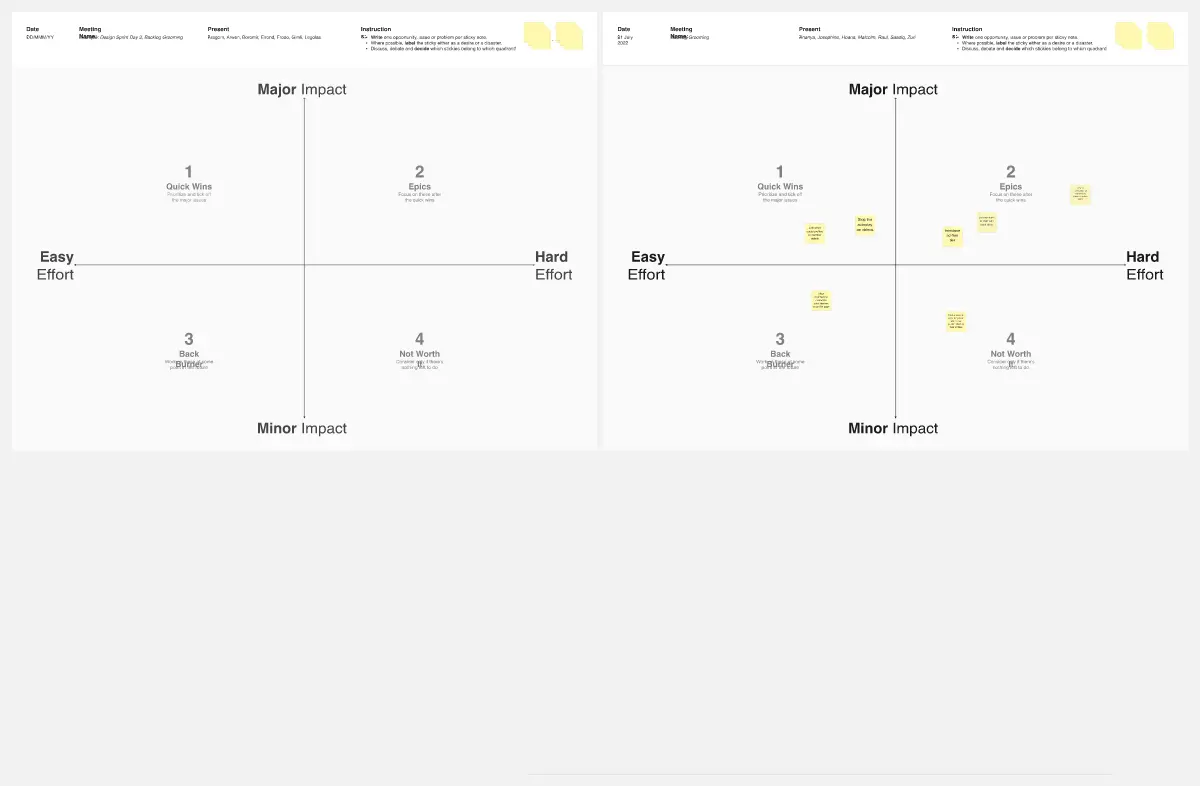
Decision-making Matrix
93 likes673 uses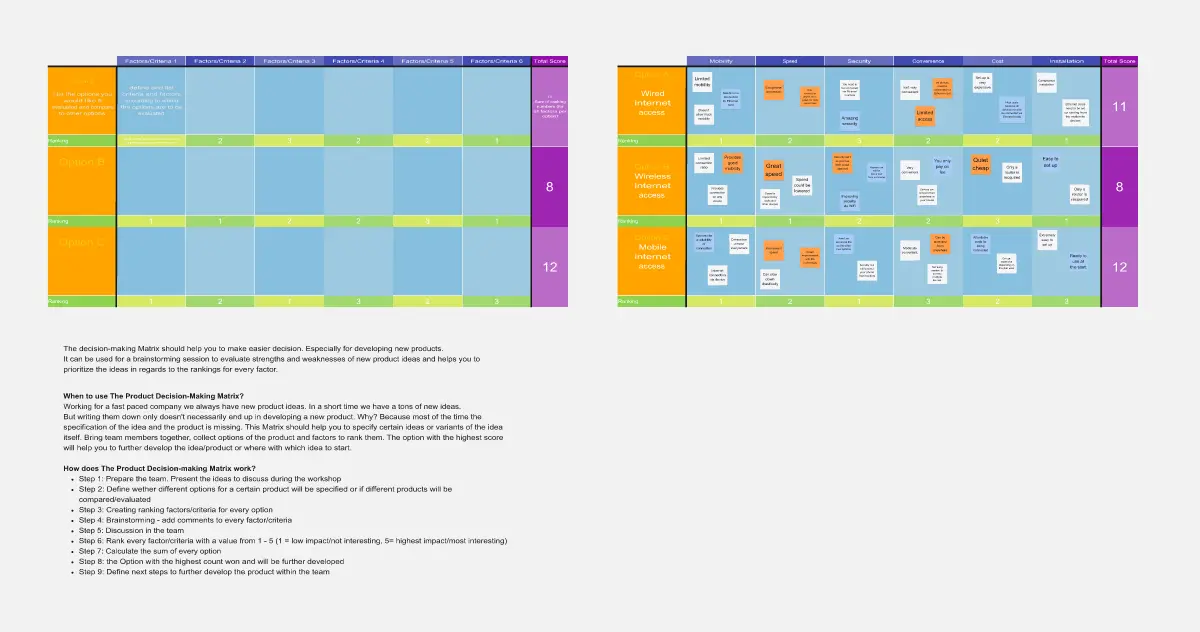
Brand Identity Matrix
206 likes616 uses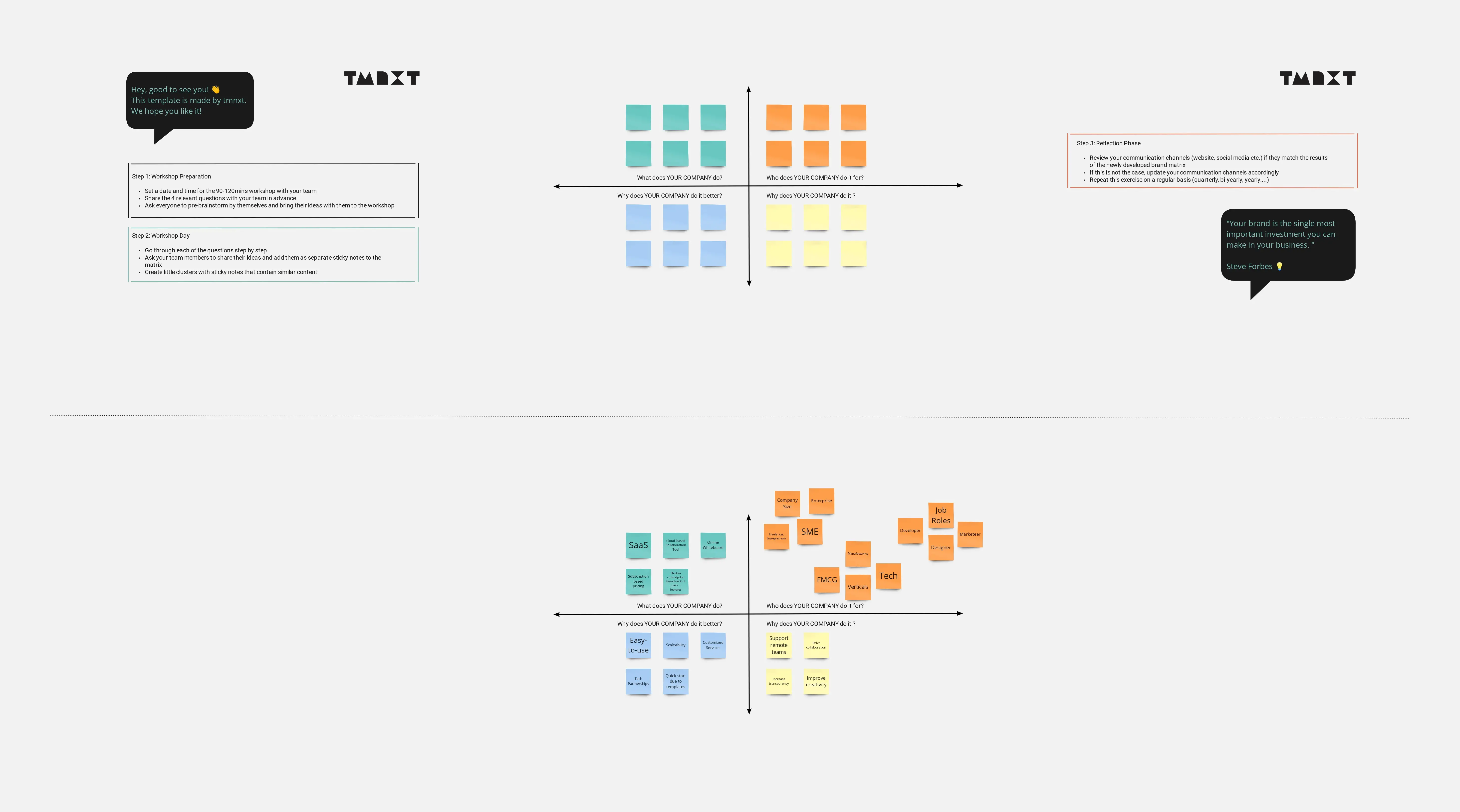
The Ansoff Matrix
21 likes599 uses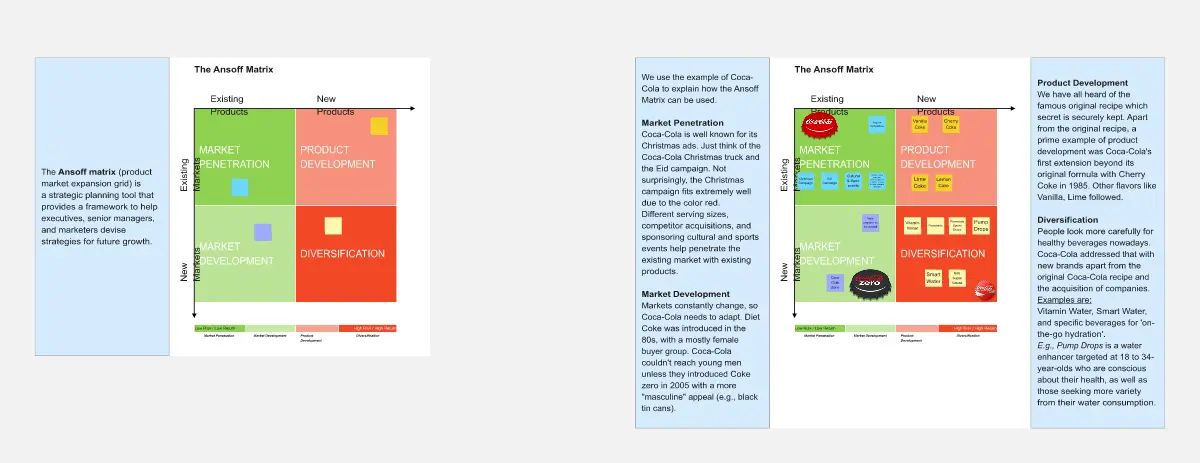
Time Management - The Urgent Important Matrix
194 likes558 uses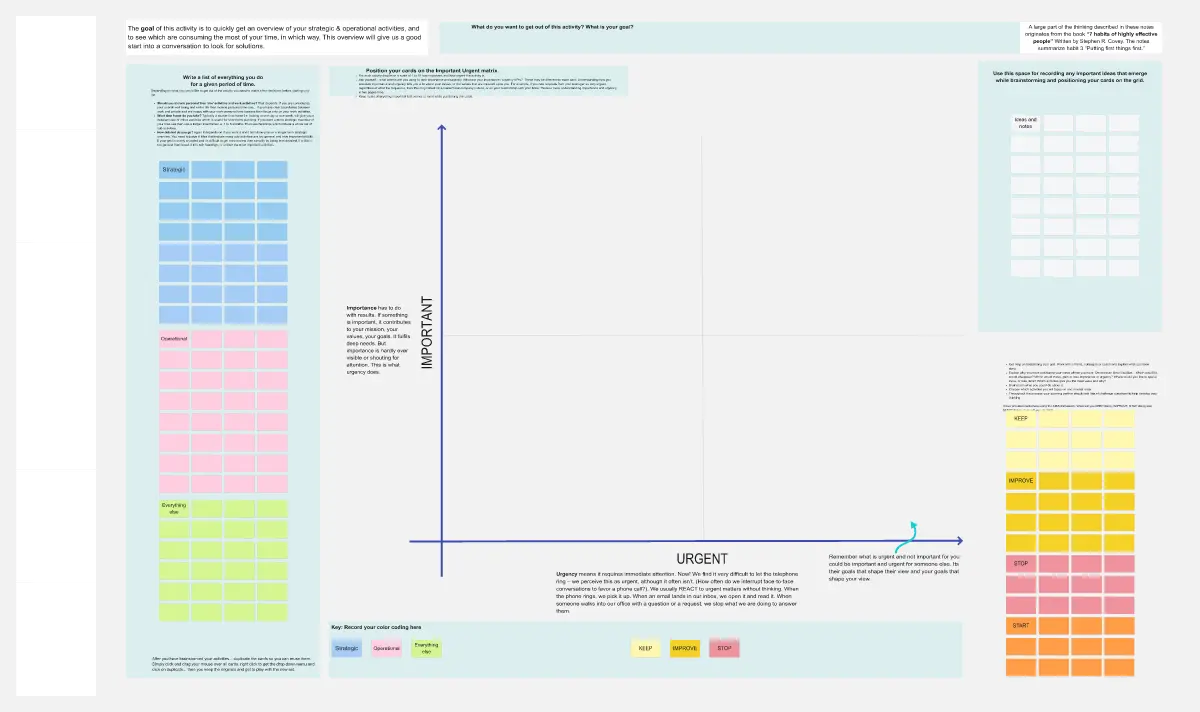
Known-Unknown Matrix
67 likes510 uses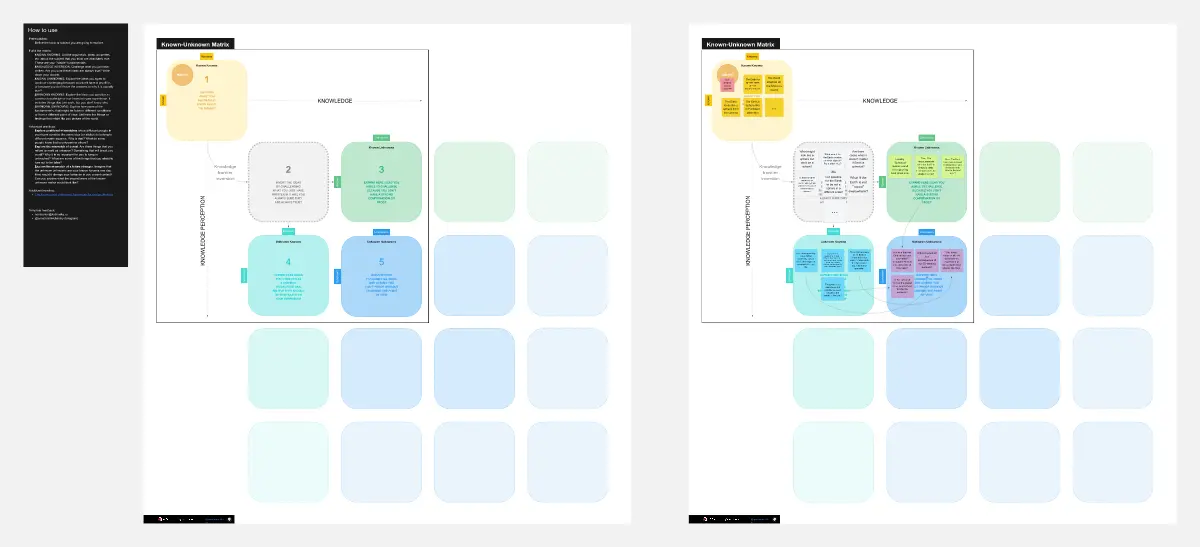
Morphological Matrix
7 likes489 uses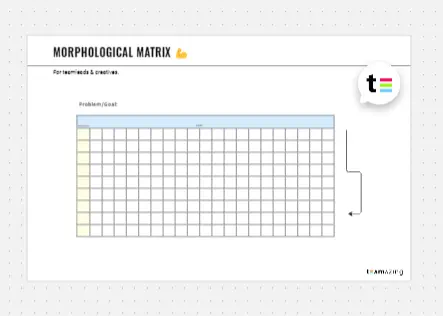
Strategic Growth and Priority Matrix
120 likes488 uses
Matrix Org Chart
2 likes453 uses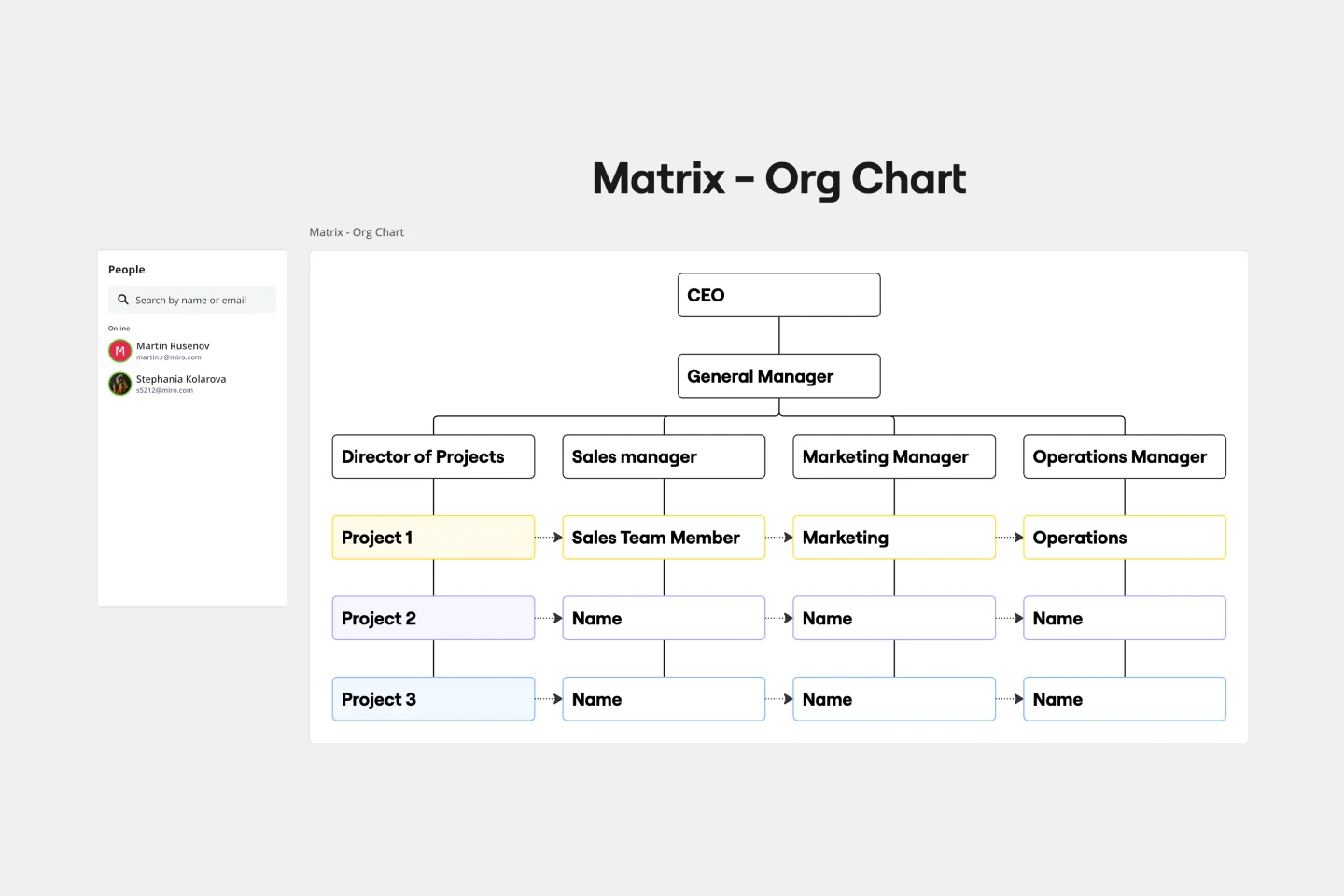
Hoshin X Matrix Strategic Alignment
25 likes407 uses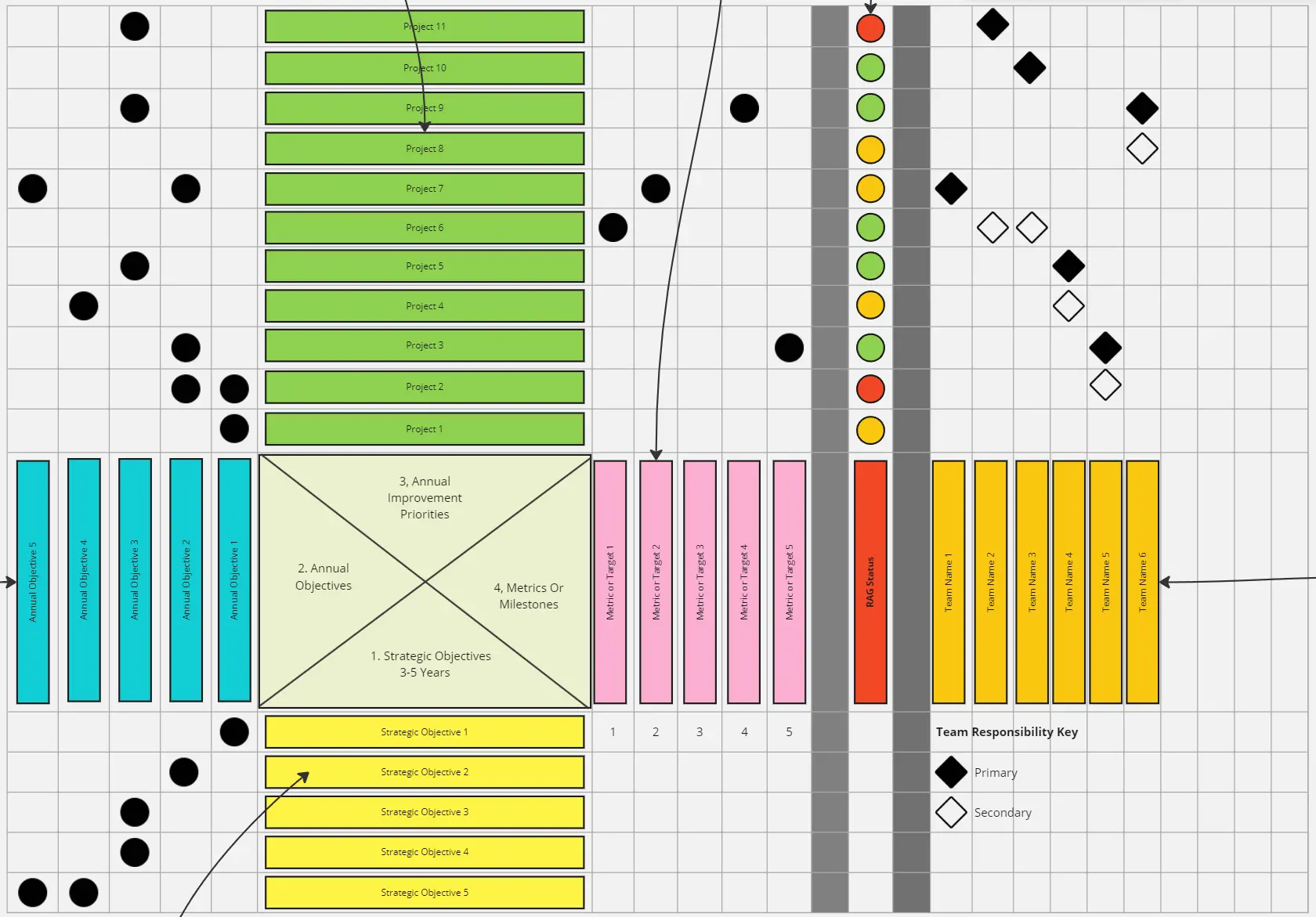
Creative Matrix
58 likes407 uses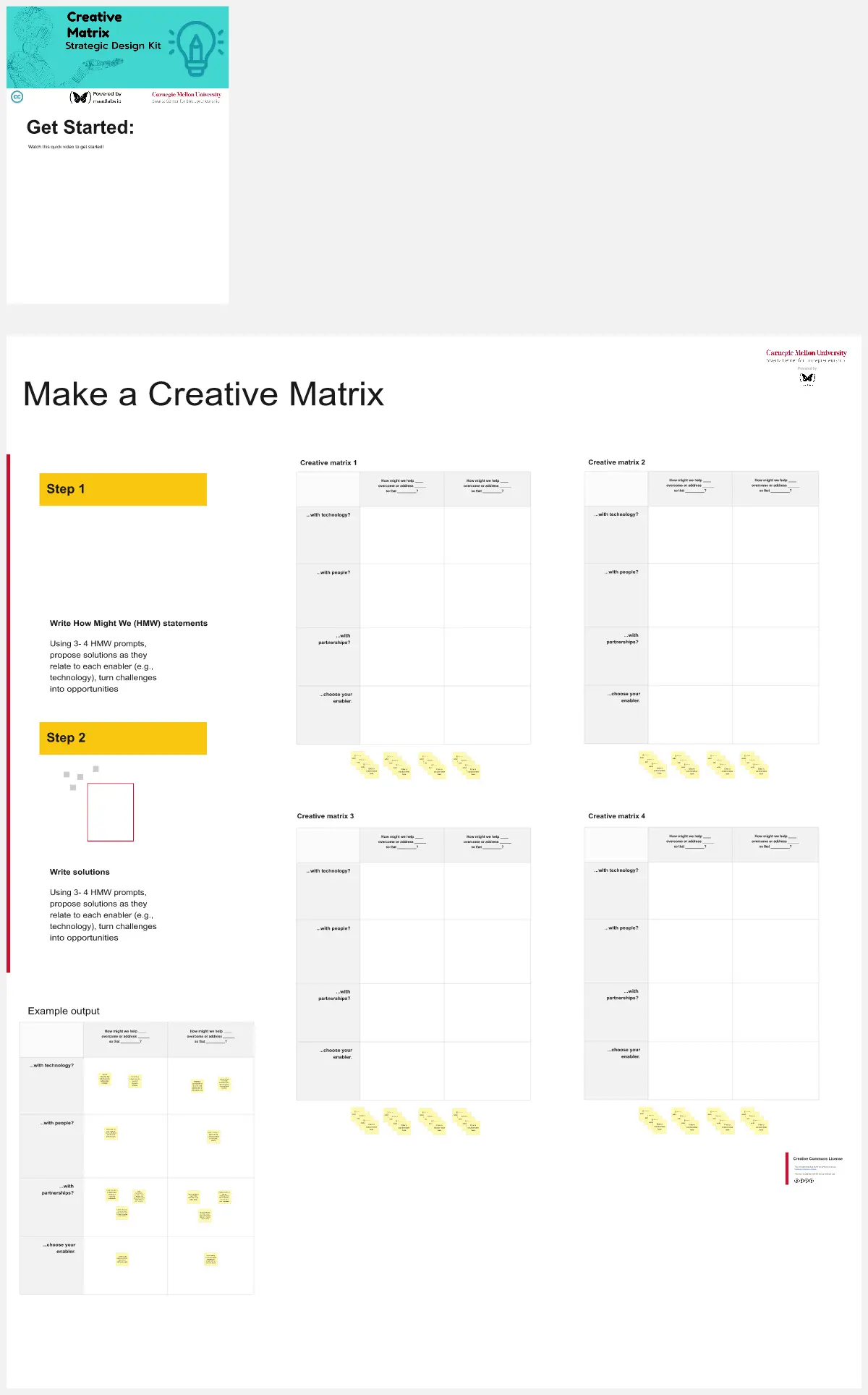
Multimodal Influence Matrix
138 likes405 uses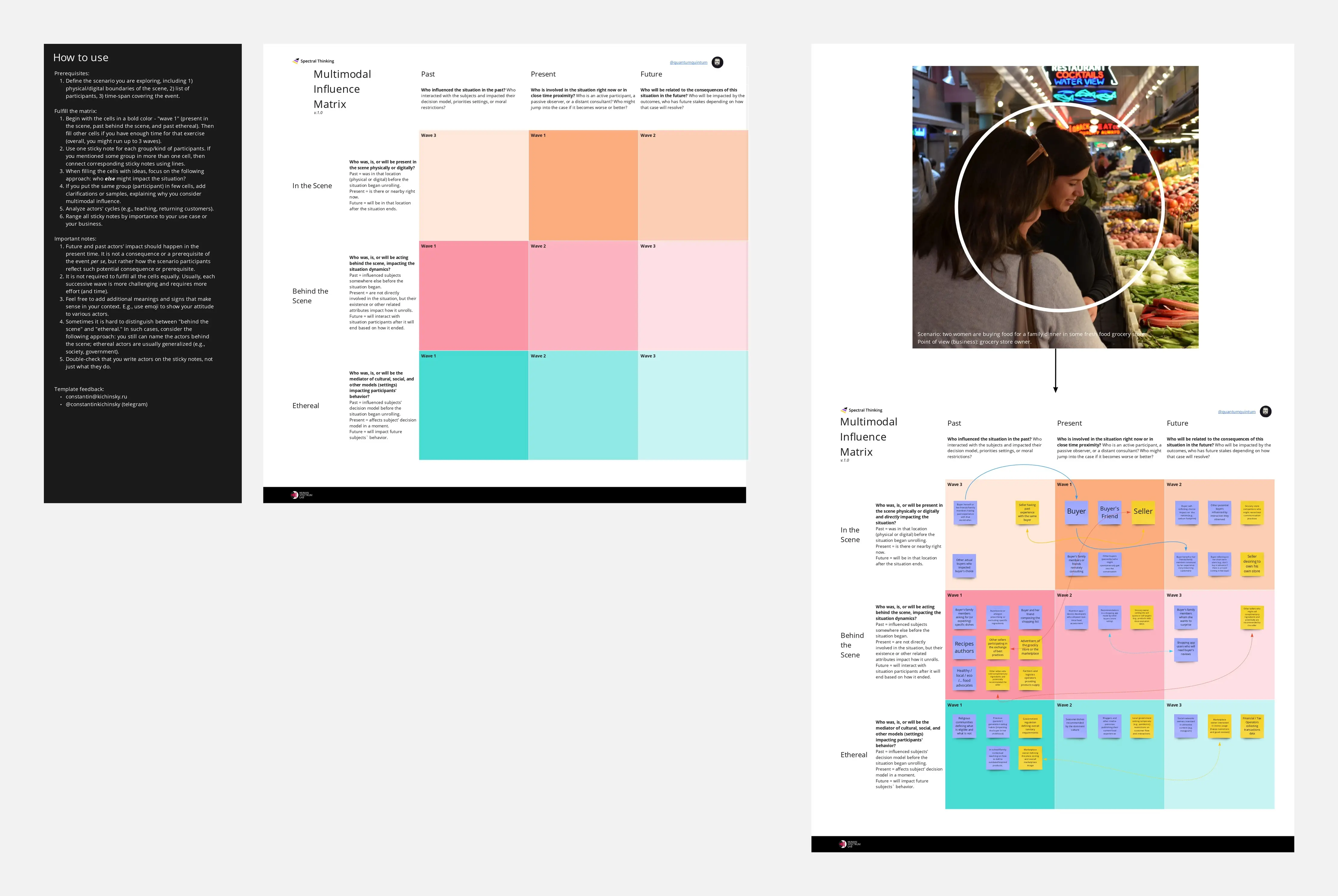
Assumption Matrix
57 likes398 uses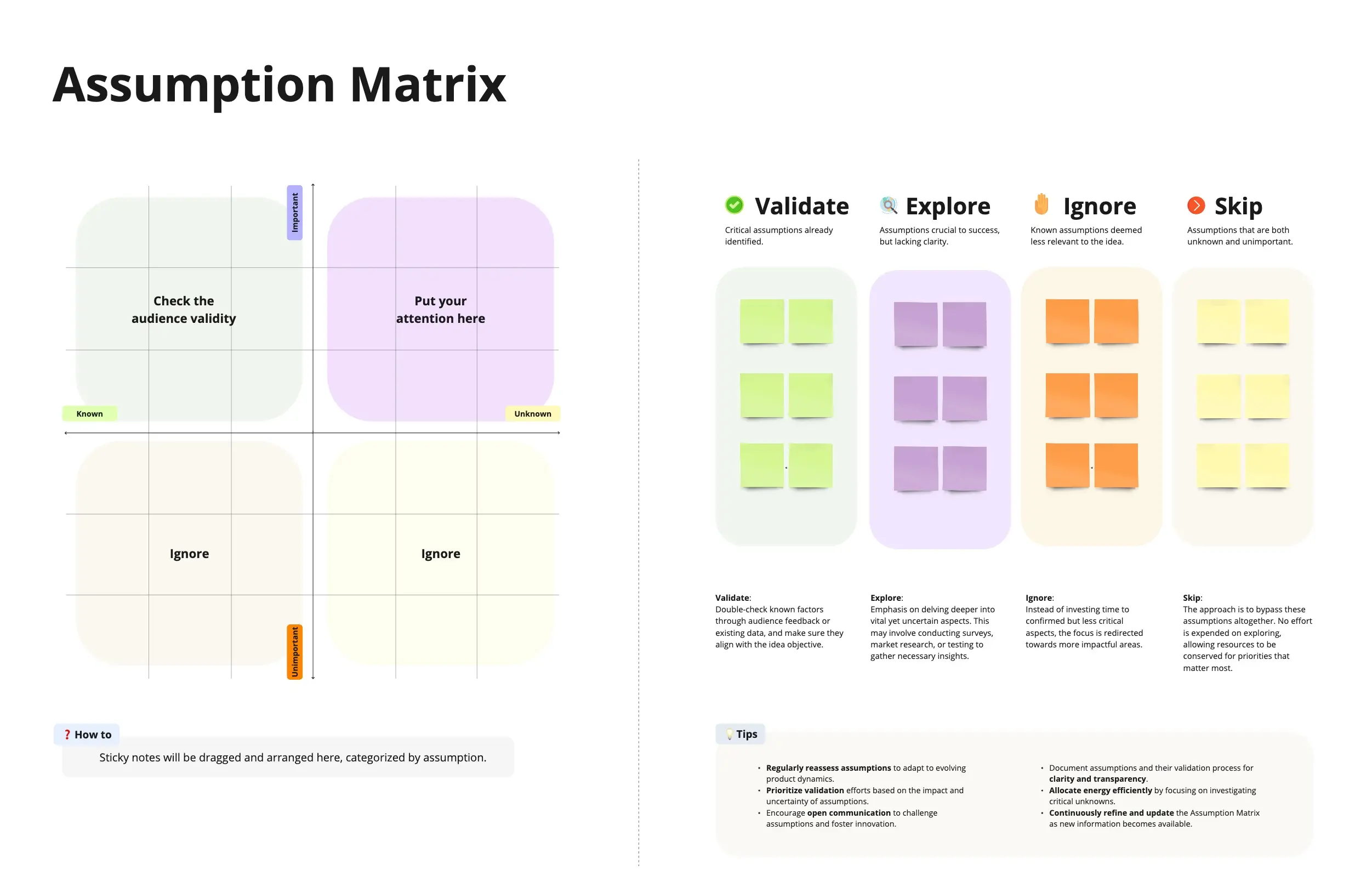
⭐️ Impact Versus Effort Matrix (x10 💪)
51 likes384 uses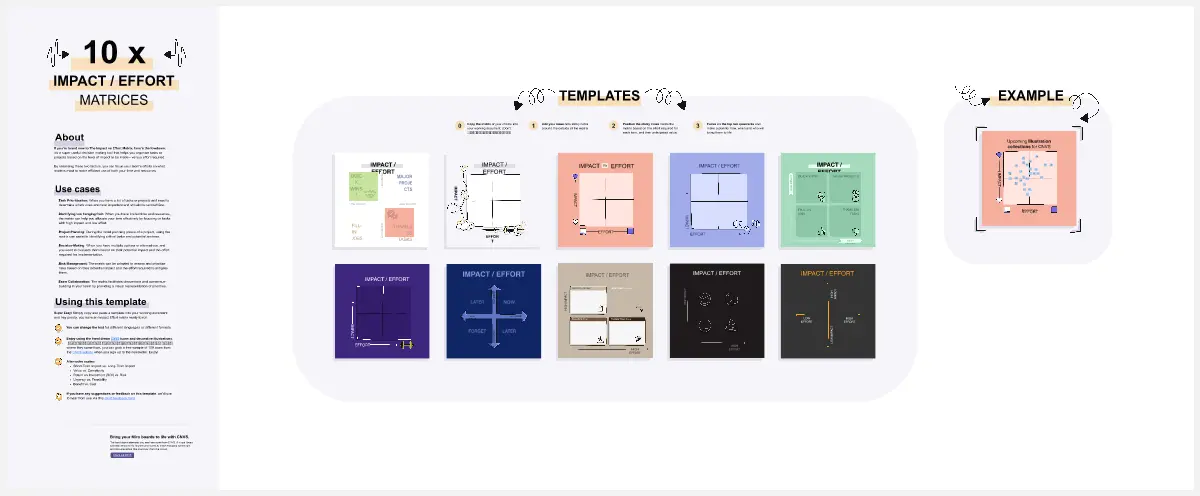
Eisenhower Matrix for Time-Management
70 likes375 uses
MoSCoW Matrix Template
4 likes345 uses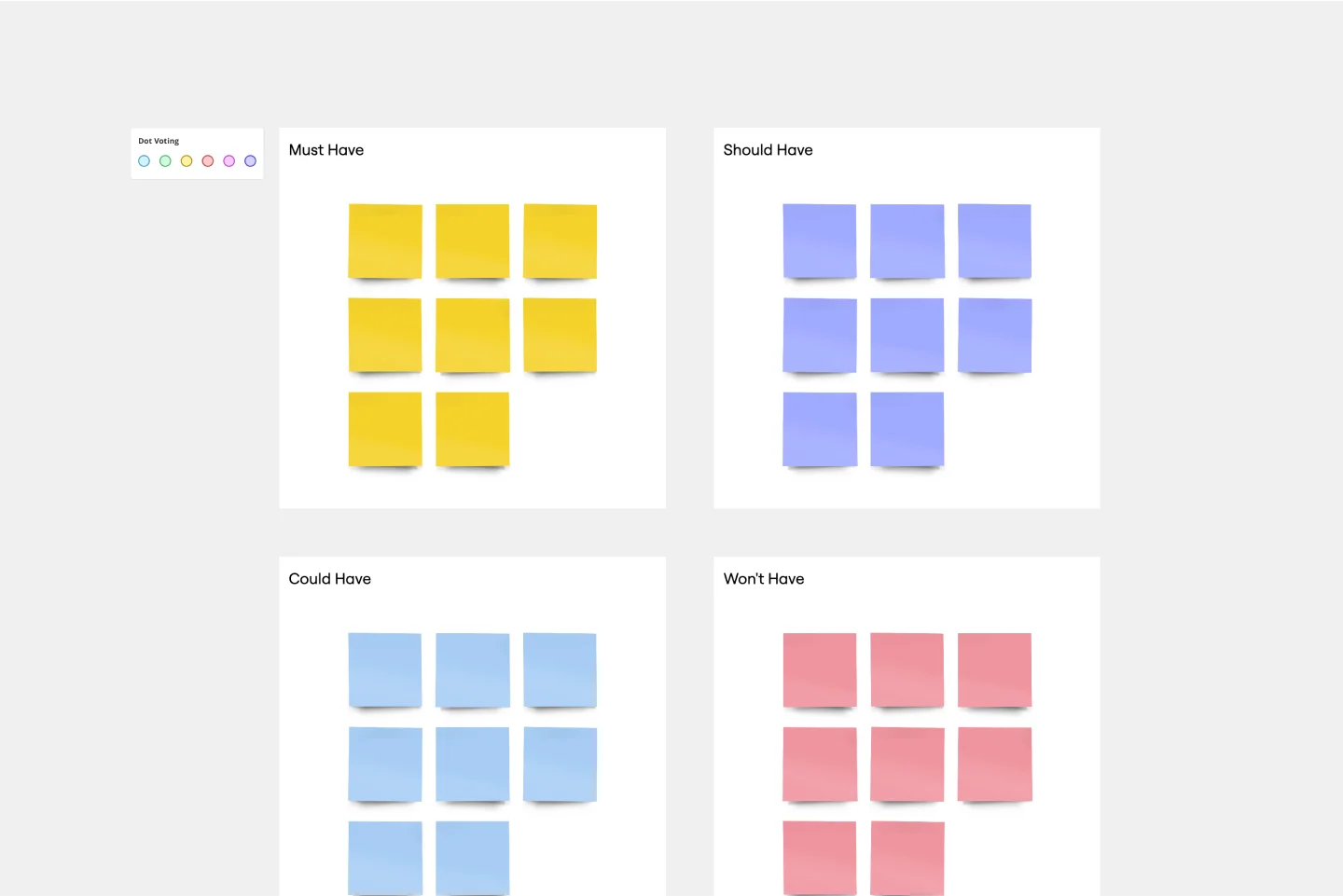
ICE Prioritisation Matrix
12 likes327 uses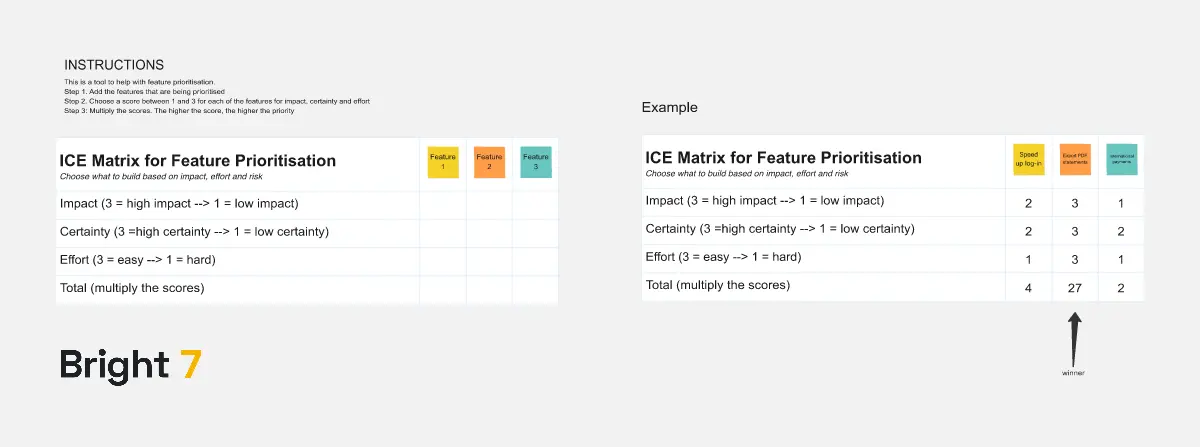
X-Matrix
31 likes308 uses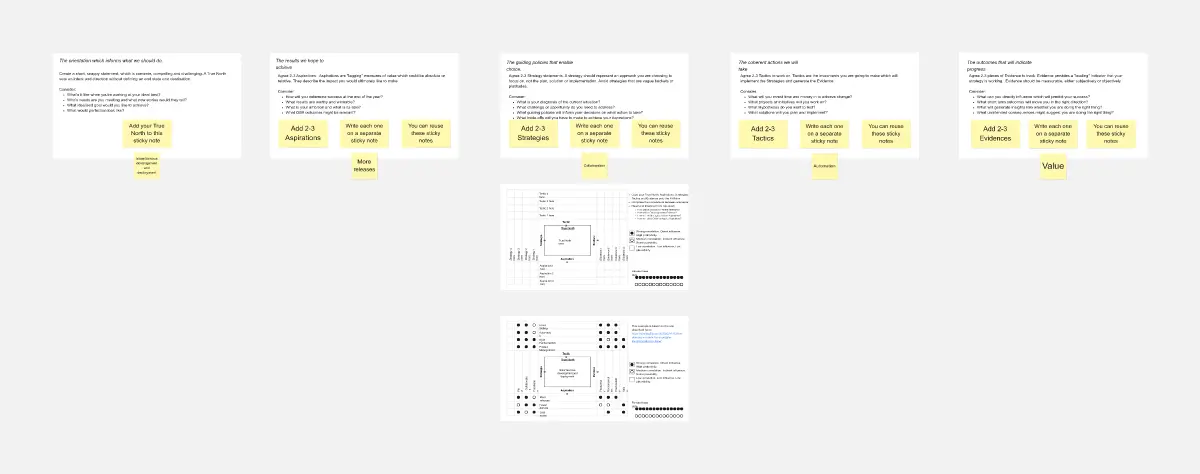
Ambition Matrix
37 likes295 uses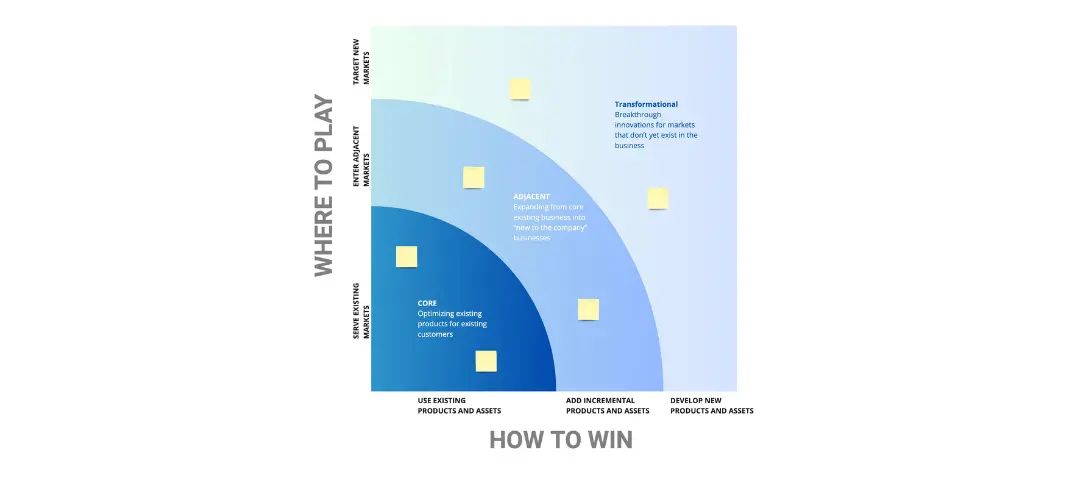
AI Strategy Matrix
62 likes282 uses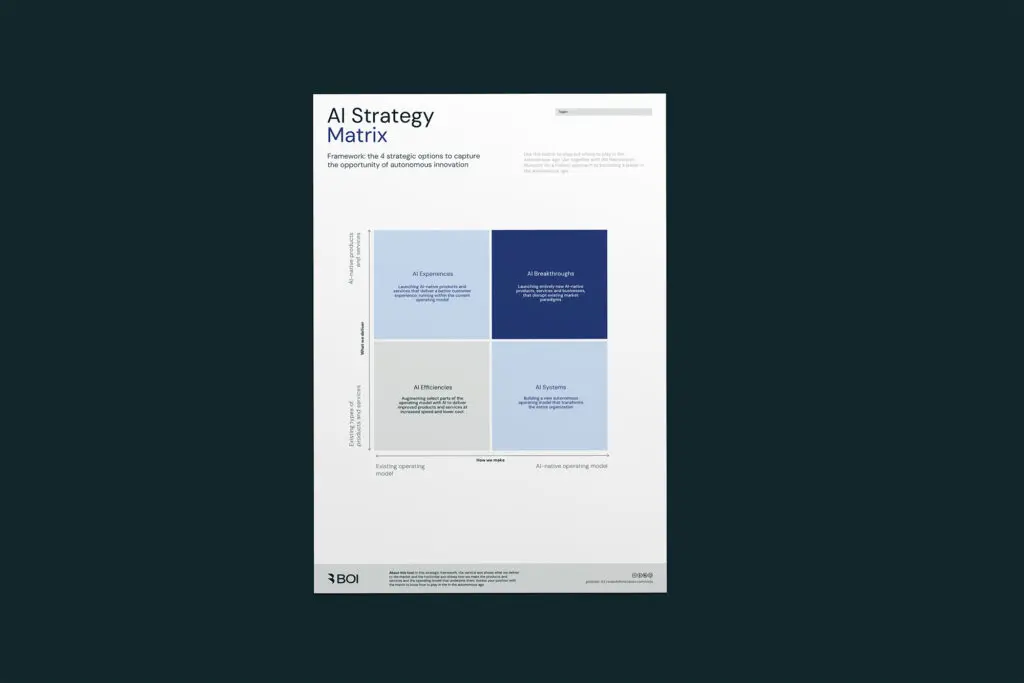
RACI Stakeholder Matrix
19 likes275 uses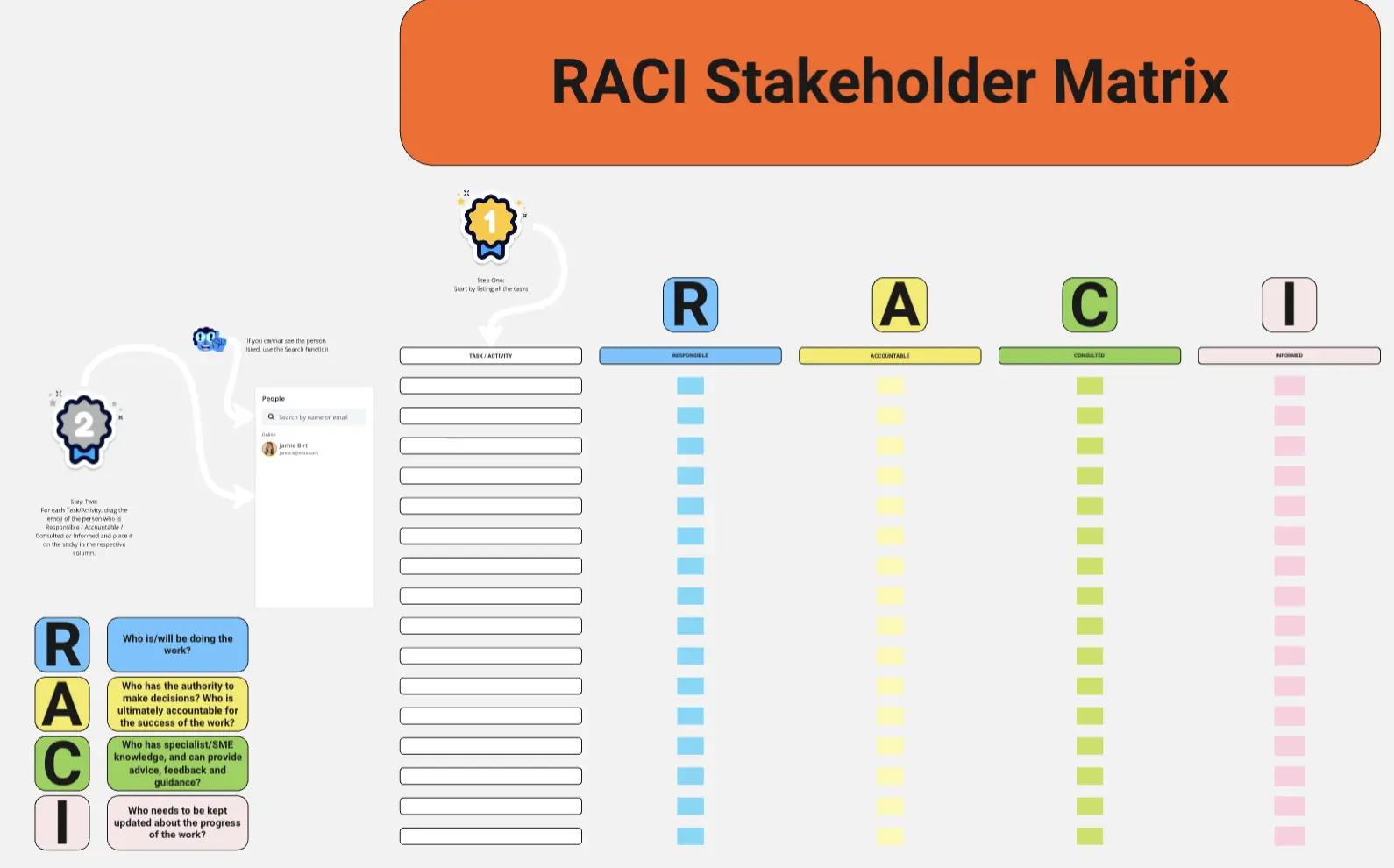
Eisenhower Matrix for Prioritization
31 likes247 uses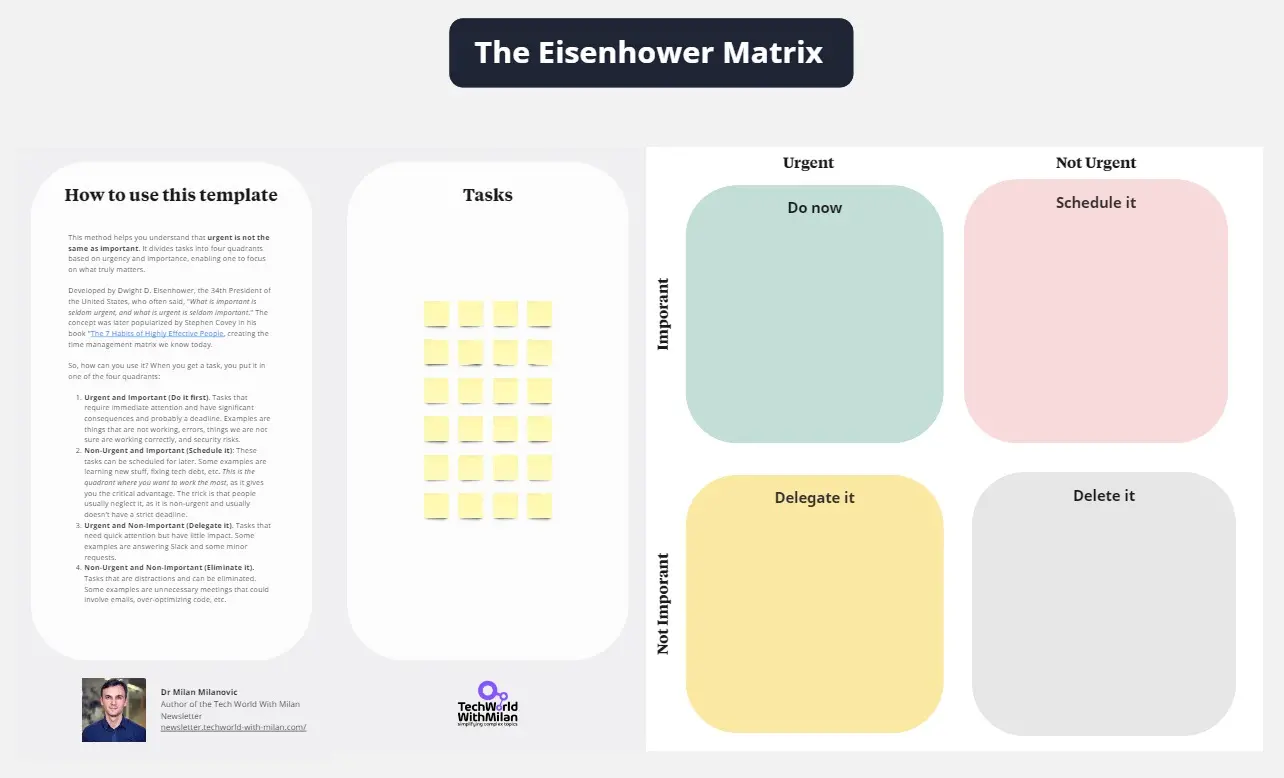
Value-Effort Matrix (with CSV export)
34 likes205 uses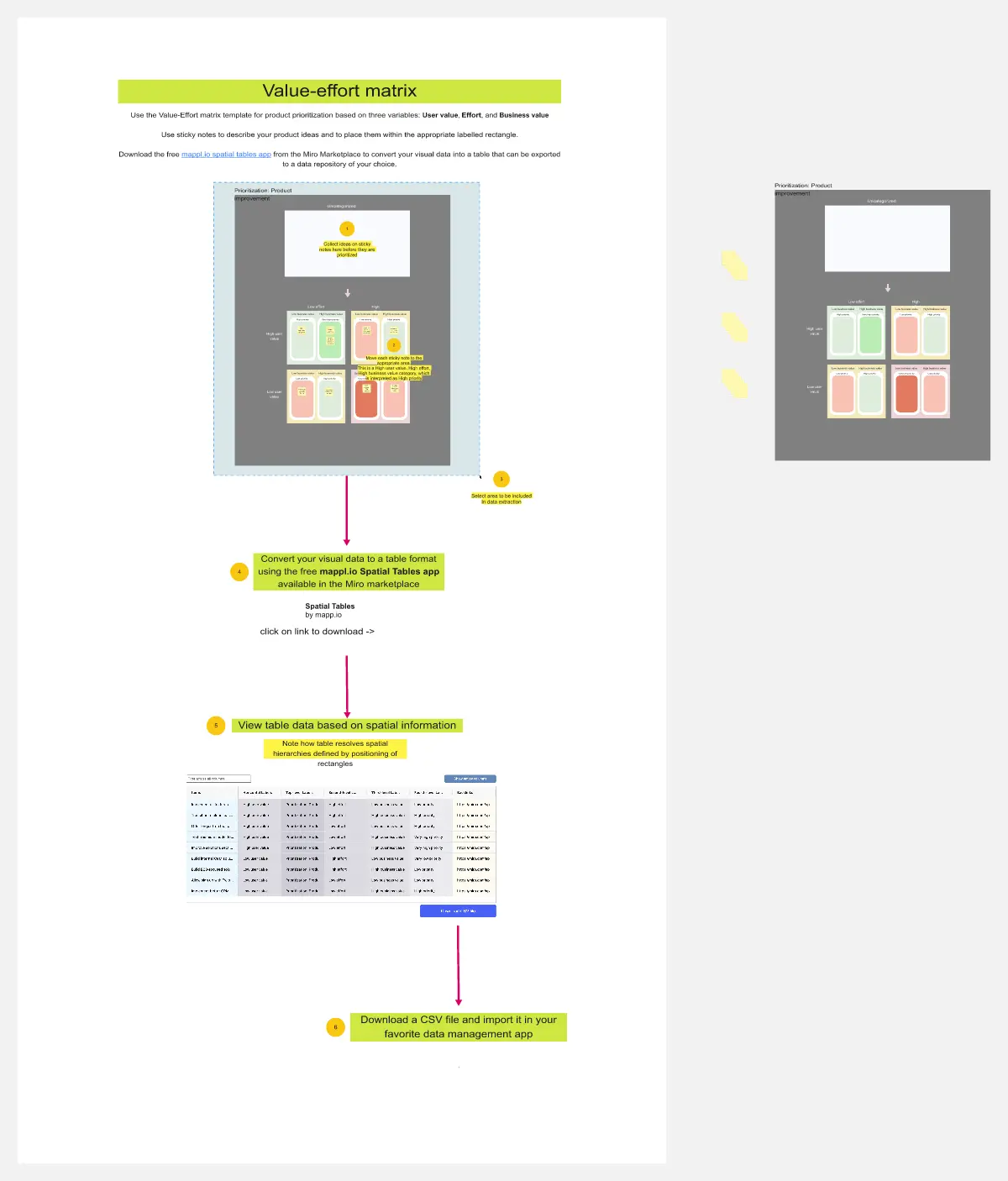
Explore more
Action PlanBusiness PlanCalendarChange ManagementCompetitive AnalysisCost Benefit Analysis templatesDaily schedule templatesDecision MakingDecision MatrixGap AnalysisGoal Setting TemplatesMarket analysis templatesMarketing PlanMarketing StrategyOKR templatesWeekly PlannerPlanningProblem StatementProduct Roadmap Templates Product Strategy TemplatesProject CharterProject Plan Project Tracking Requirements GatheringResource PlanningRisk AssessmentRoadmapSmart GoalsSocial Media PlanningStakeholder MapTimelineTo Do List Vertical TimelinesWhiteboardCustomer Journey Map
